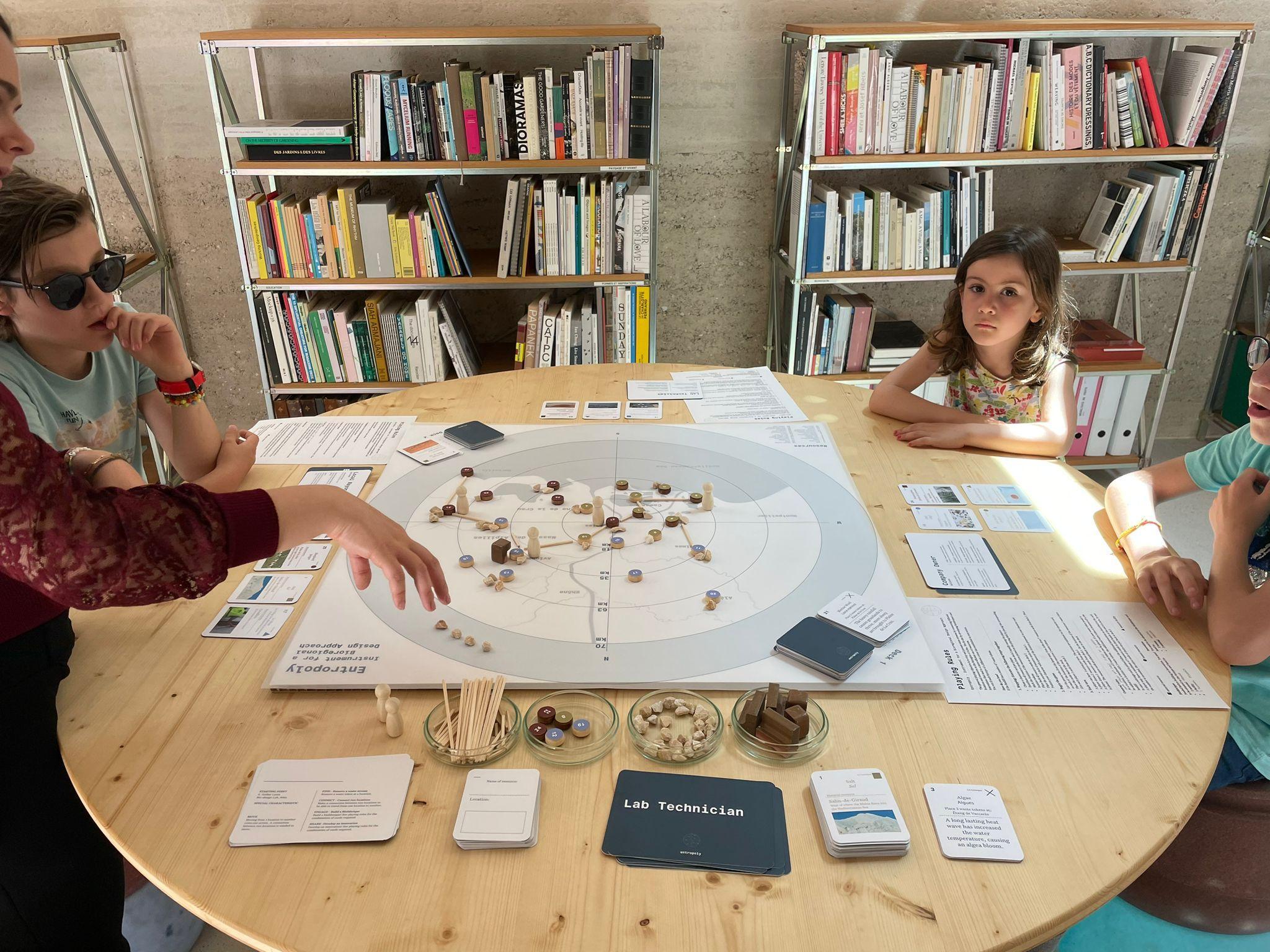The Bioregional Game





Oosterschelde in Onderhandeling (2021)
Gestures of Maintenance (2022)
Studio Inscape was founded by Charlotte von Meijenfeldt, Willie Vogel and Eileen Stornebrink in 2018. We are experienced in designing spatial strategies, installations and experiences that focus on human-non-human interactions



● Aim

● Brief
● Playing Objectives
● Playing Elements
○ Playing field
○ Playing cards
○ Other
● Demonstration
○ How is the game started?
○ What happens in a turn/round?
○ How is the game ended?
● Setting
● Planning
15.05.2022

The game is teaching users to:
1. …experience what bioregionalism means from the perspective of Atelier LUMA’s experienced methods (find, connect, engage & share) in the context of Arles.
2. …be able to see their own context as a potential playing field for a bioregional design approach. And to connect their local resources, crafts and facilities to new biological fabrication processes. The game is fed by:
● Publications Atelier LUMA on methodology
● Research Jakob Travnik on 3 case studies
● Conversations with Atelier LUMA members during a 3-day visit to LUMA Arles and several online meetings.
● Experience Studio Inscape with the development of games or tools that relate to bioregionalism
● Consults with (serious) game designer Koen Fraijman
Bioregional design approach: Is an interdisciplinary approach that follows the local territory and seeks responses to environmental, social and economic challenges of the region.
Atelier Luma’s role has been to apply an interdisciplinary design approach to the local territory, seeking to respond to environmental, social, and economic challenges. -
 Maja Hoffman
Maja Hoffman
Bioregional design practices give us a framework for asking useful questions: what resources are available, and how can we use them in a way that makes environmental and social systems stronger? Atelier LUMA works by creating assemblages2 — of material and human resources — that strengthen the bioregion in and of themselves. - Jan Boelens
A prototype of “The Bioregional Game ”, to be played and presented on Saturday 27 May for a diverse audience. We will demonstrate the potential of the game by playing 30 minute rounds with groups of 3-6 persons or by pitching the idea for groups of max. 15 persons.
The game follows several fases:
● Introduction

● Playing rounds
● Reflection
Optional: a workshop set-up where we continue with a mapping of the region’s resources and play the rounds in a different context. The playing field won’t be site-specific in that case.
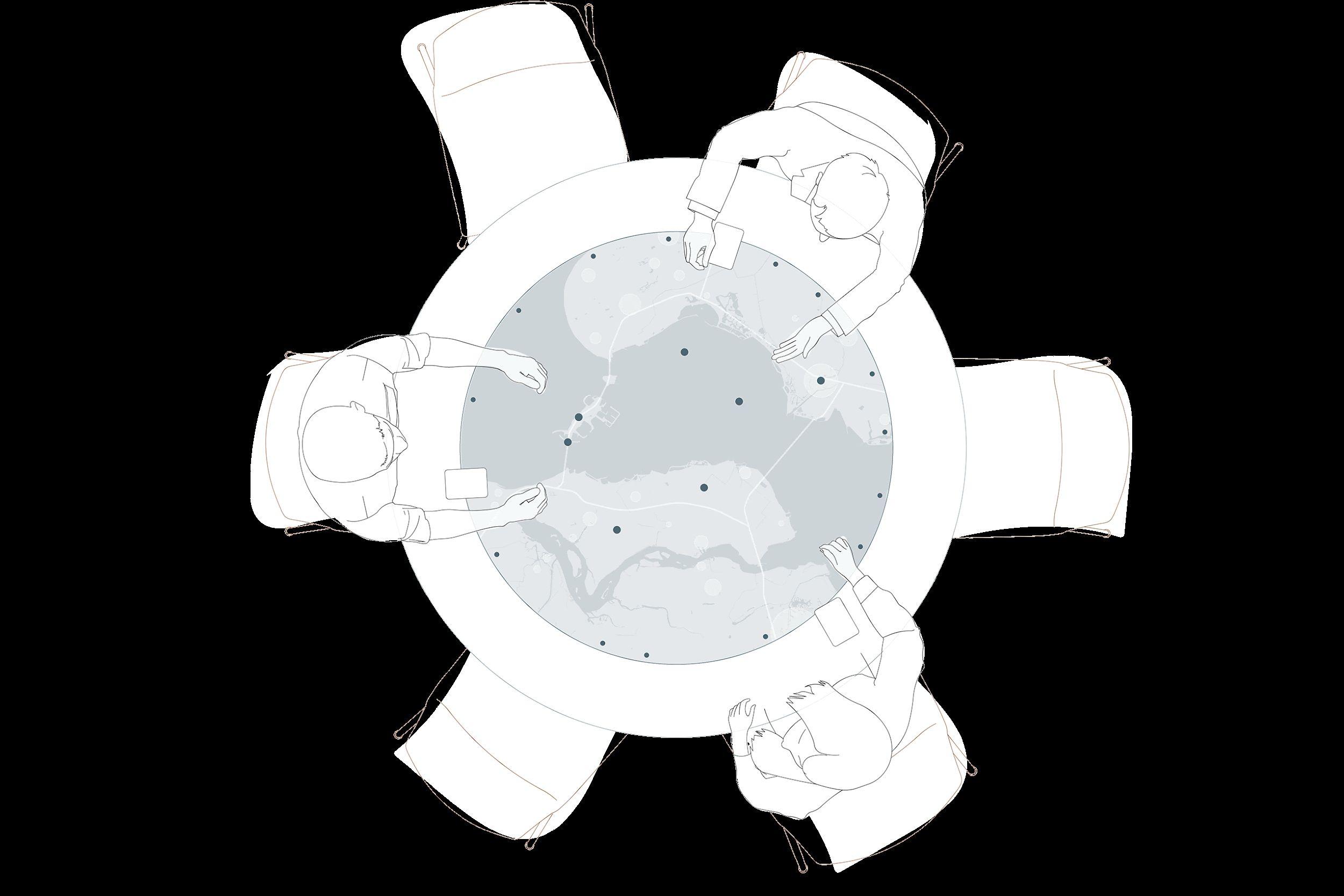
The general playing objective is to stop and prevent waste streams by connecting different locations and resources in the bioregion of Arles, and by developing biofabrique’s and innovations that lead to a more efficient use of resources.
- Introduction: the player is introduced to game environment that represents the context of Arles but is also an abstracted and ‘gamified’ version.

- Playing turns/rounds: the player gets different assignments to accomplish individually but is also encouraged to collaborate with other players. The aim is to win from the playing field, and not from other players (as bioregionalism is also a collective effort).
- Reflection: the player is asked to step out of the game environment and reflect on what findings could be applied on a real context (of Arles or elsewhere) that they are from or representing.

Overview of playing elements:
● Instructions 1 piece
● Playing field 1 piece
● Playing cards
○ Character cards 6 pieces
○ Resource cards (2 decks) 2x 28 pieces
○ Sabotage cards 5 pieces
● Pawns 6 pieces
● Other:
○ Waste tokens
○ Location tokens 28 pieces
○ Connections (4 lengths) 48 pieces
○ Biofabrique + add-on’s 3 pieces + 3 pieces
2 sets will be produced, with exception of the playing field.

Playing field
The playing field shows the bioregion of Arles, ranging a 70 km radius around Arles.
The scale, orientation and several reference points (cities, subregions and bodies of water) are visible on the map.

Playing field
On the board the playing field is shown in an abstracted manner. Water, land and heightlines show the landscape and the reference points help the players to navigate through the region.
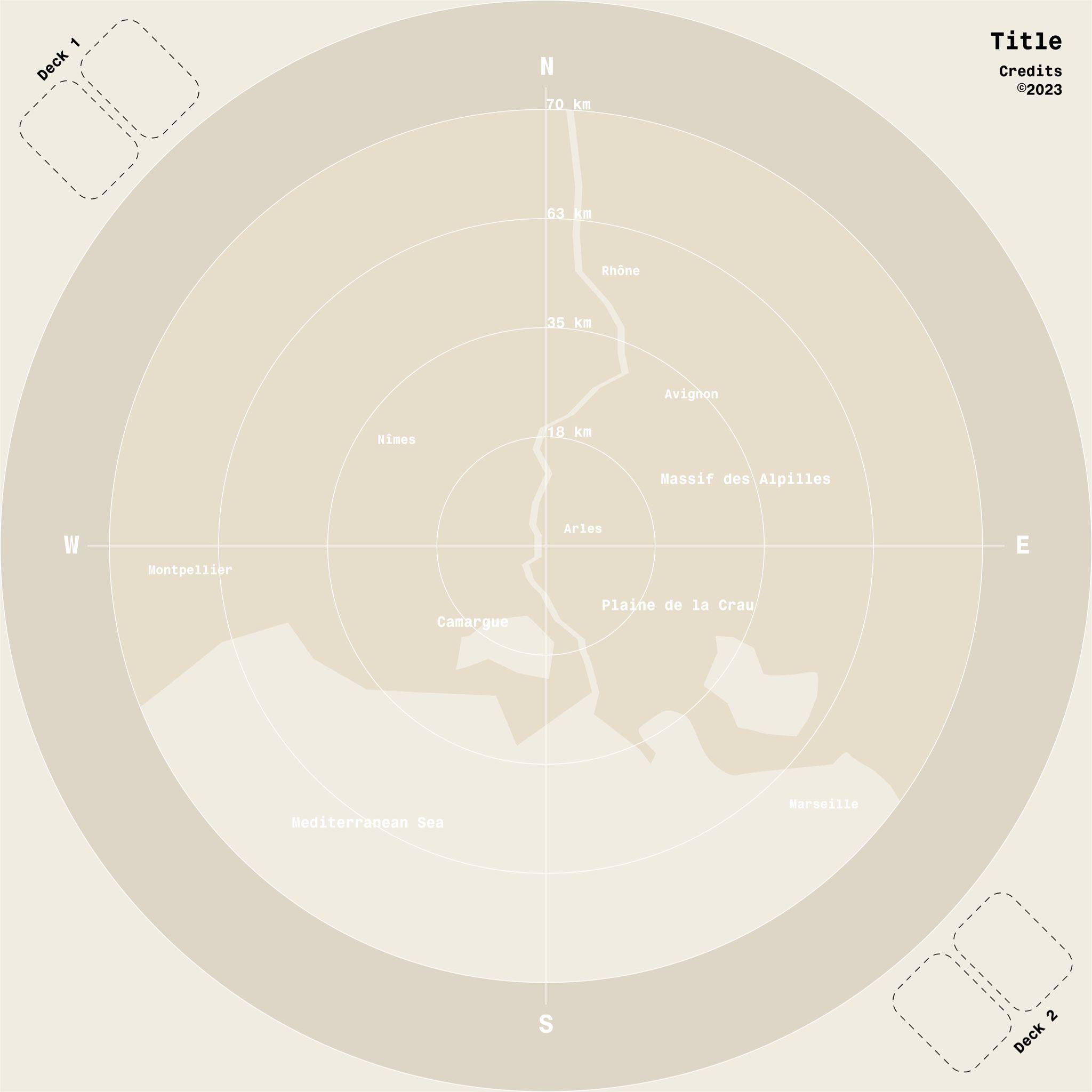
Other elements include:

- Title - Credits - Deck 1 - Deck 2
-
Key / description
Character cards + pawns
There are 6 different character cards:
- (Bio)Chemist

- Architect
- Farmer
- Craftsman
- (Bio)Designer

- Entrepreneur
On the character card, information is given about the starting point, special characteristic and type of actions. Actions consist of moving and FIND, CONNECT, ENGAGE and SHARE.

Resource cards
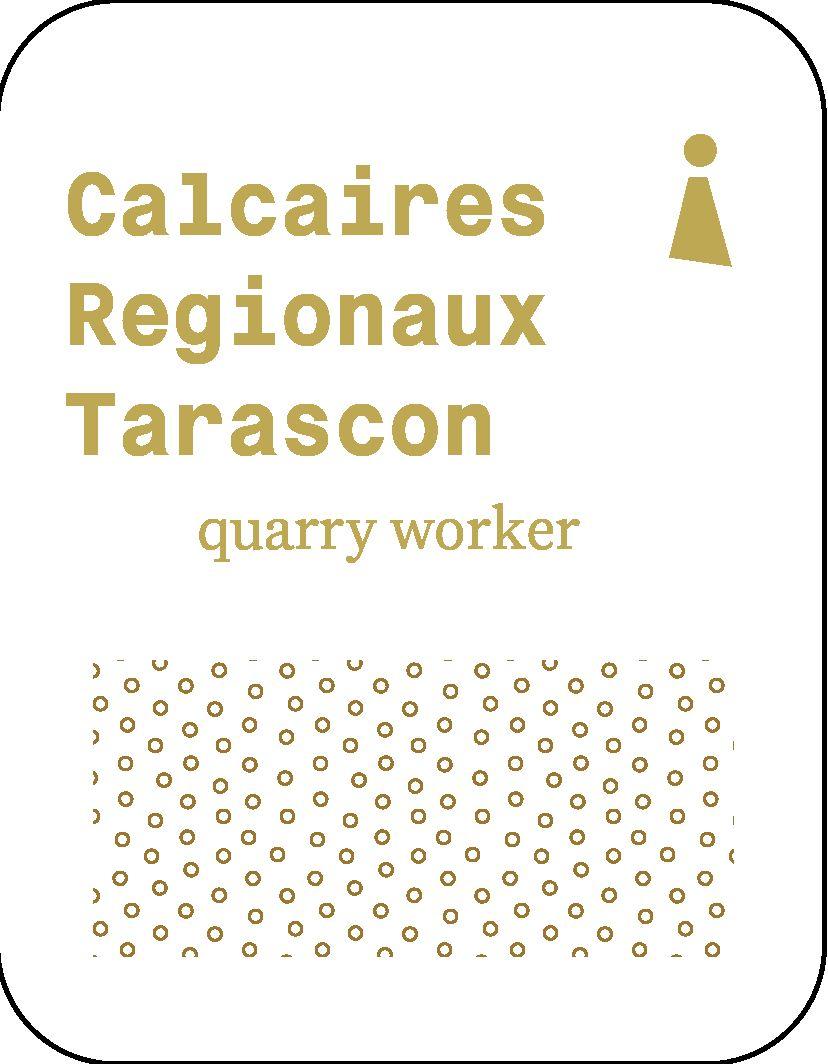
There are 3 types of cards:
- Material resources



- Human resources
- Resource facility
All resource cards link to a specific location token that is placed on the playing field at the start of the game.
There are 3 colors that represent 3 zones on the playing field (referencing to the bioregion’s 3 subregions - biotopes - Camargue, Alpilles and Plaine de la Crau).
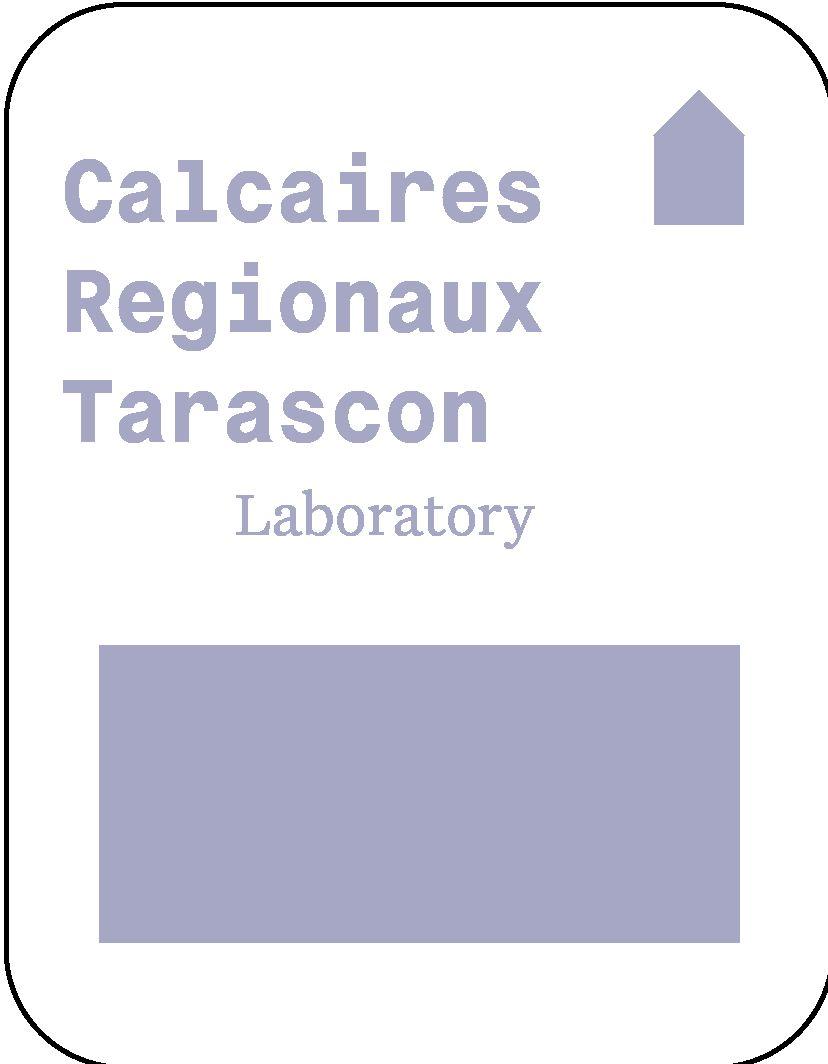
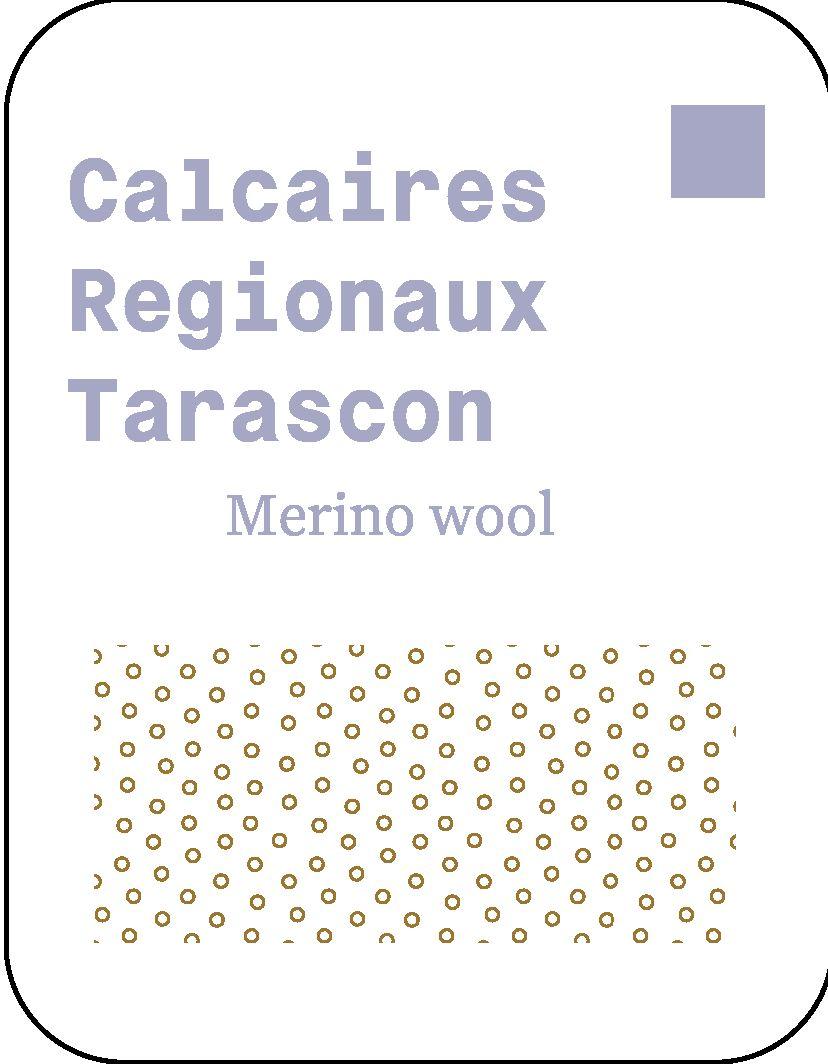

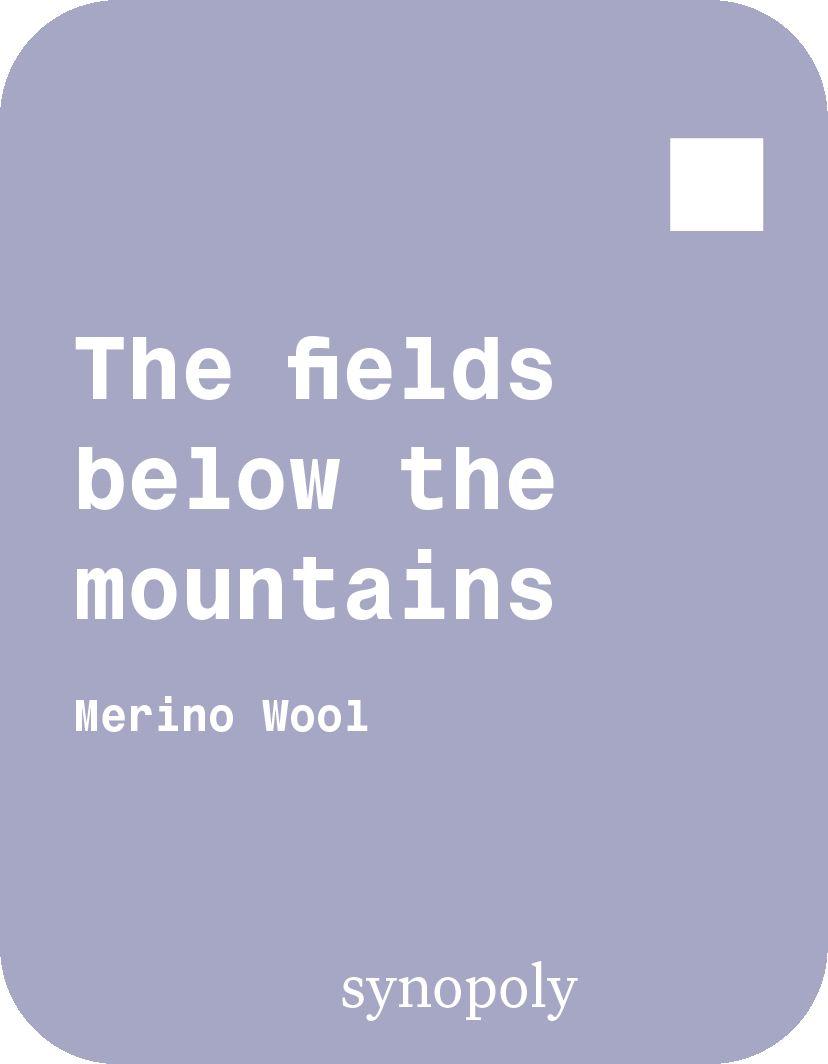
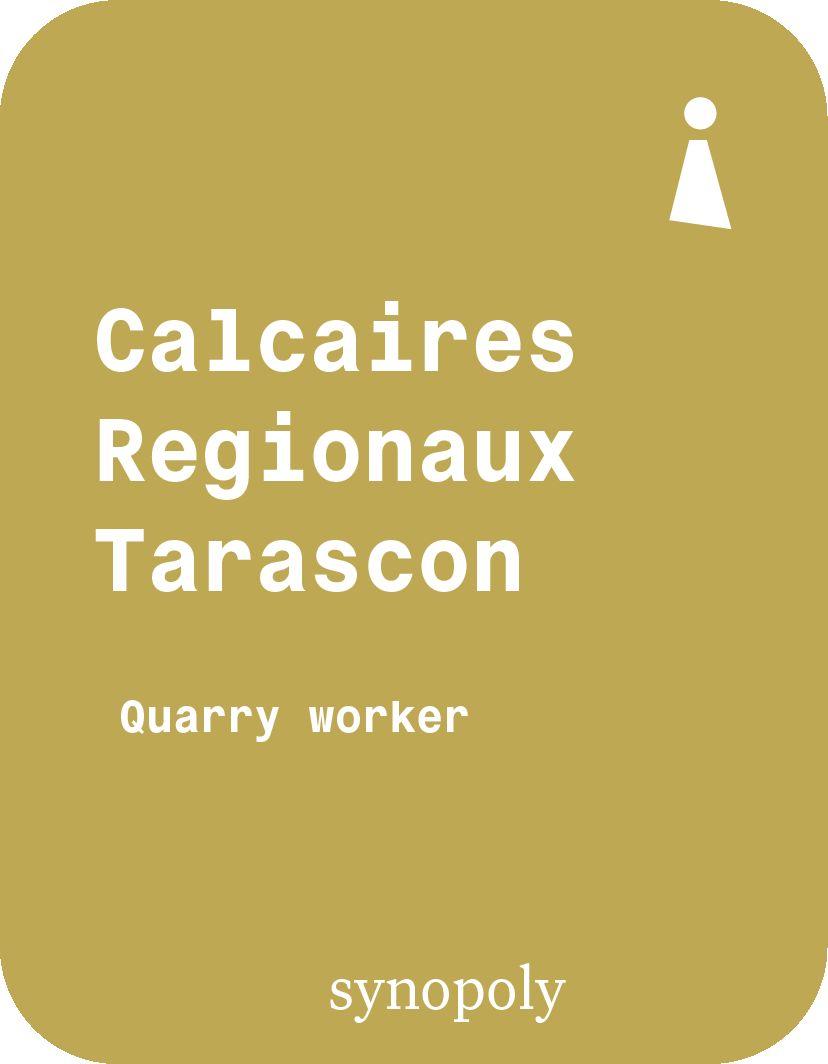

Material La Crau
Human Camargue
Material
Material Alpilles facility
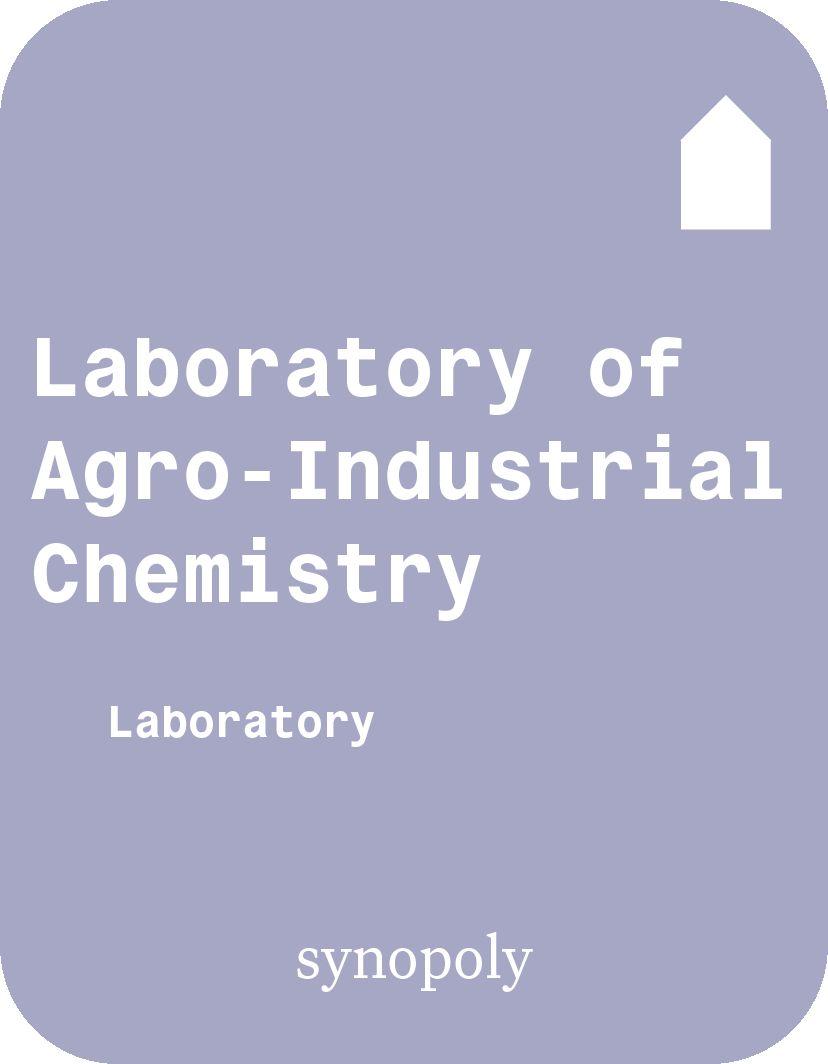
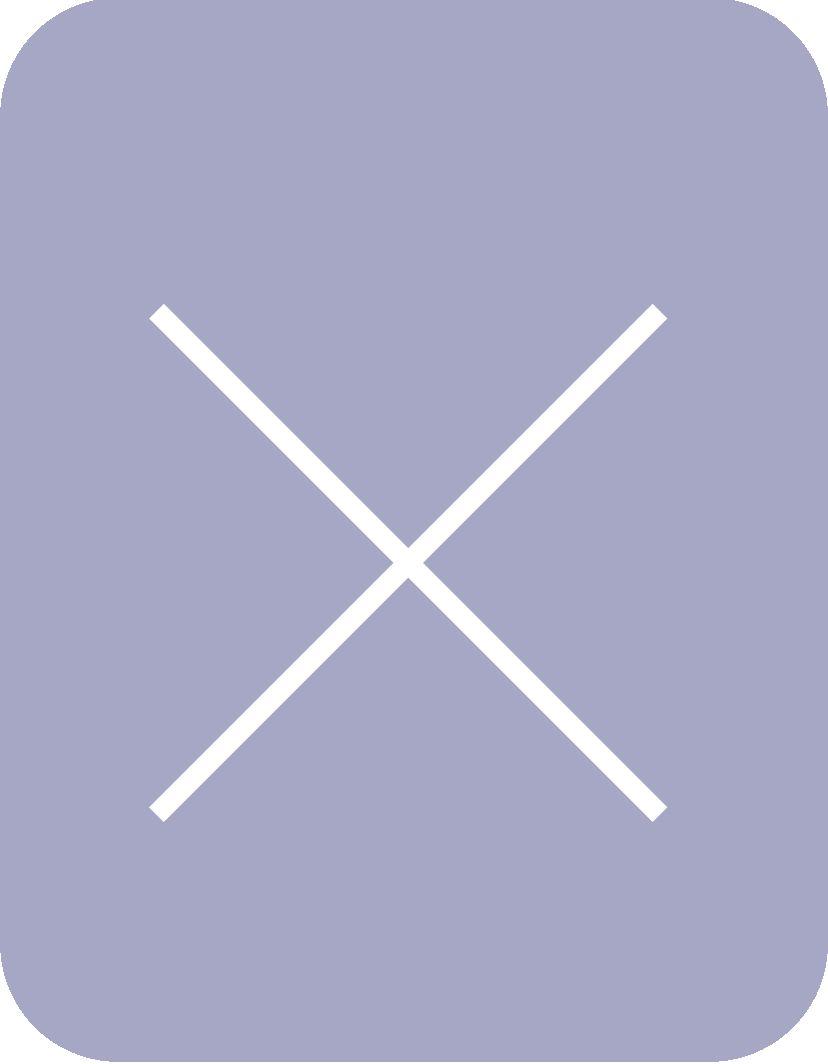

There several sabotage cards in deck 1. The descriptions are different but the consequences similar: on one or more locations additional waste tokens need to be placed when this card is drawn.

Waste tokens
Representing unwanted waste streams.
Location tokens

There are 3 colors that represent 3 zones on the playing field (referencing to the bioregion’s 3 subregions Camargue, Alpilles and Plaine de la Crau).
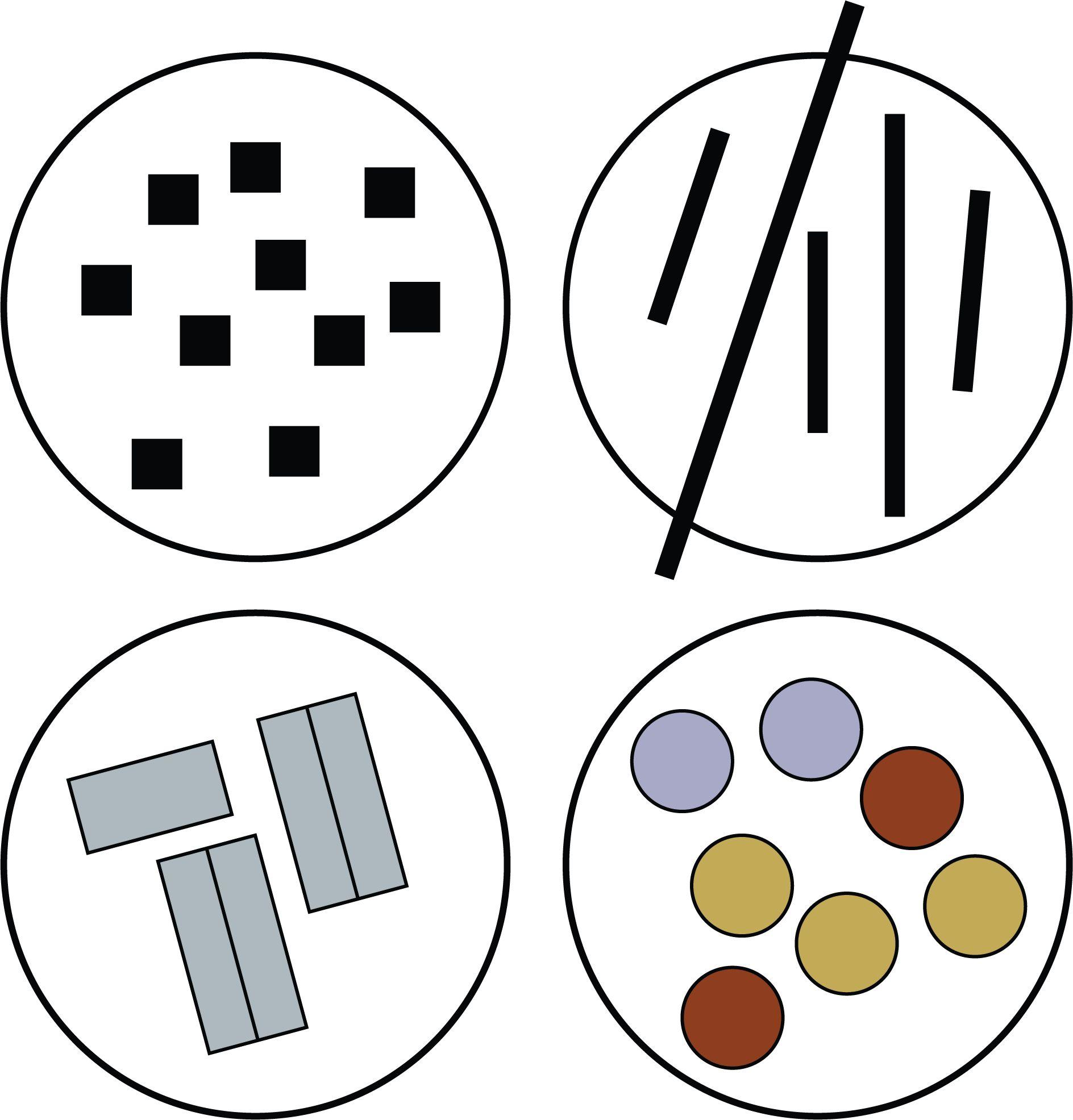
Representing a infrastructural connection between two locations / resources.
The biofabrique represents a place where resources (material, human and infrastructural) are connected and where innovations could be developed.
Petri glass with waste tokens
Petri glass with connections
Petri glass with biofabrique’s
Petri glass with location tokens
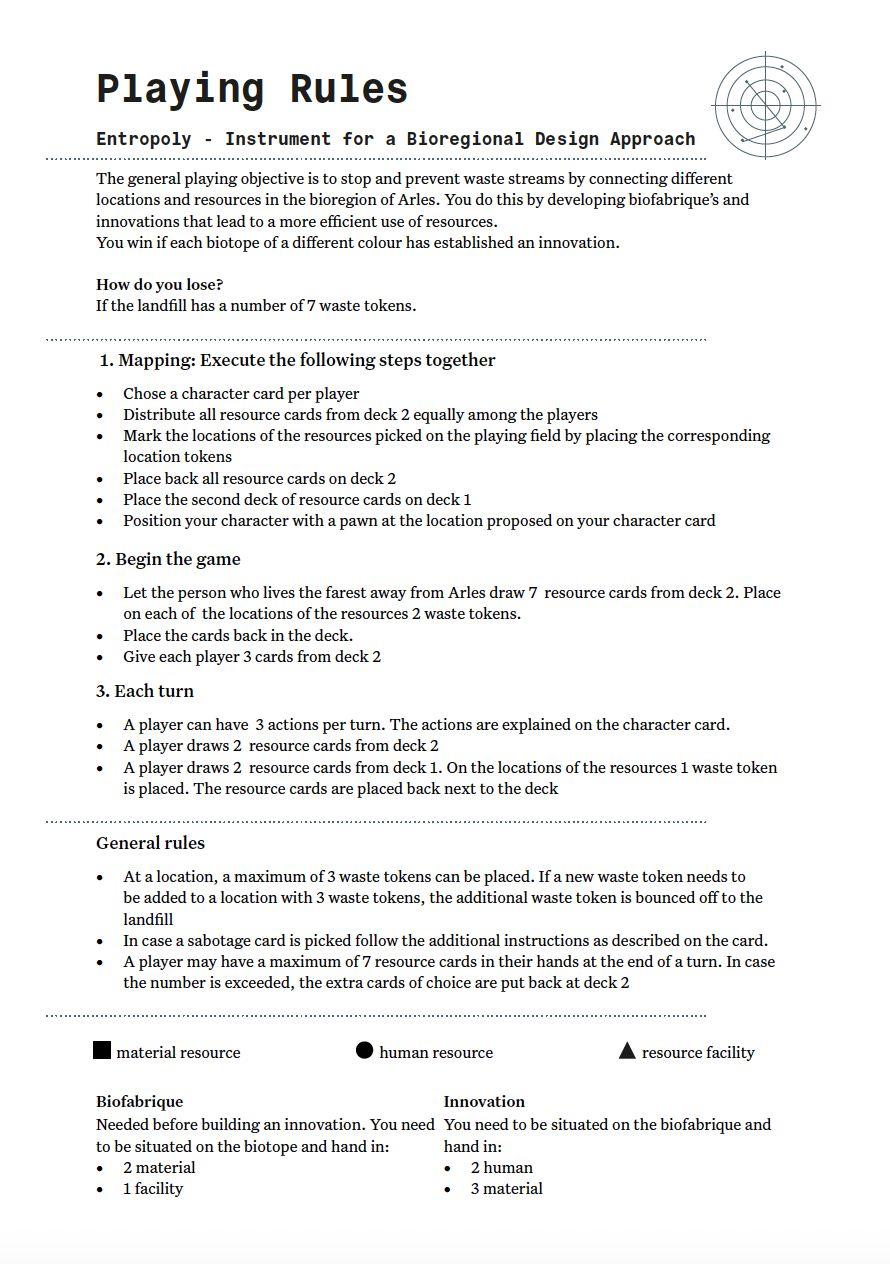

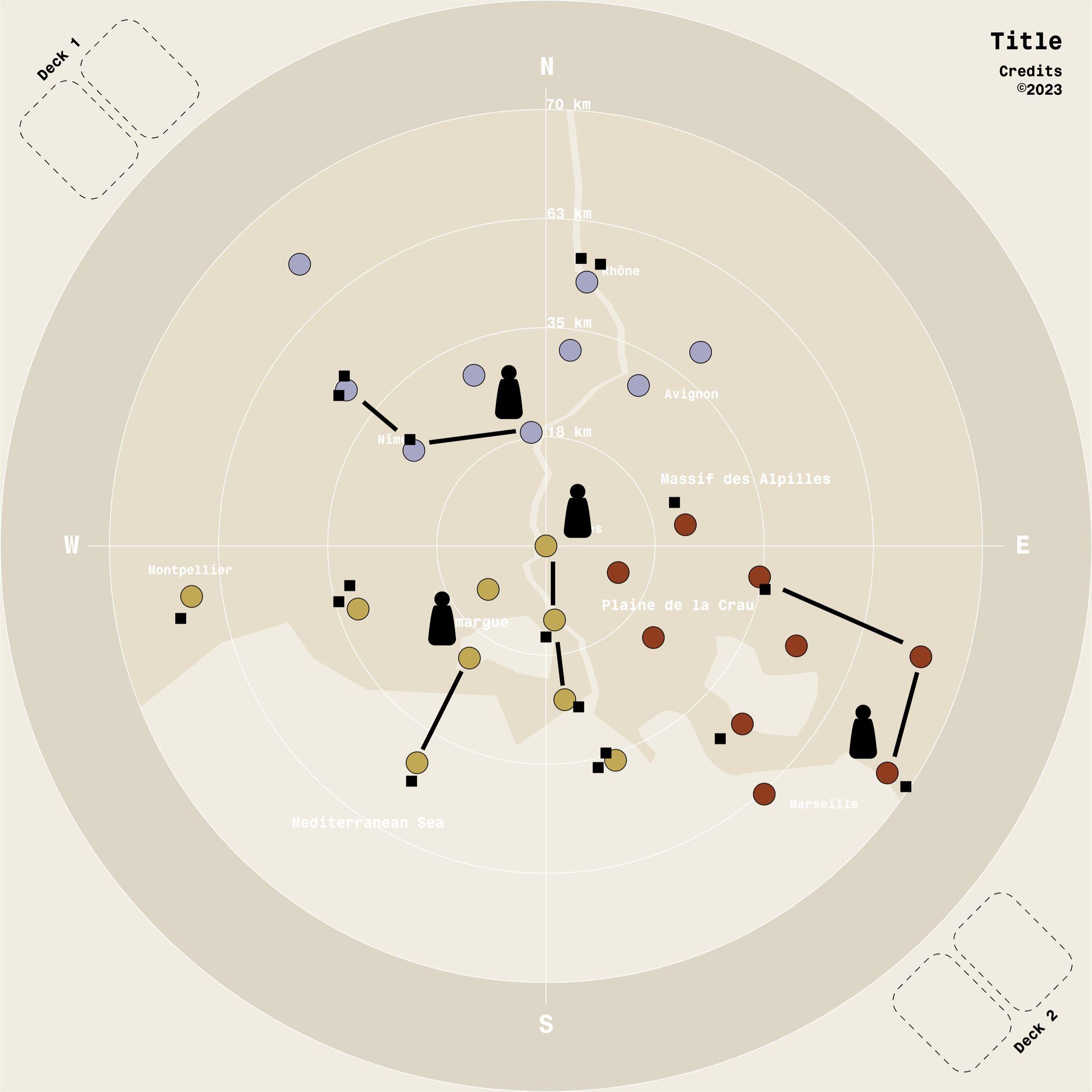



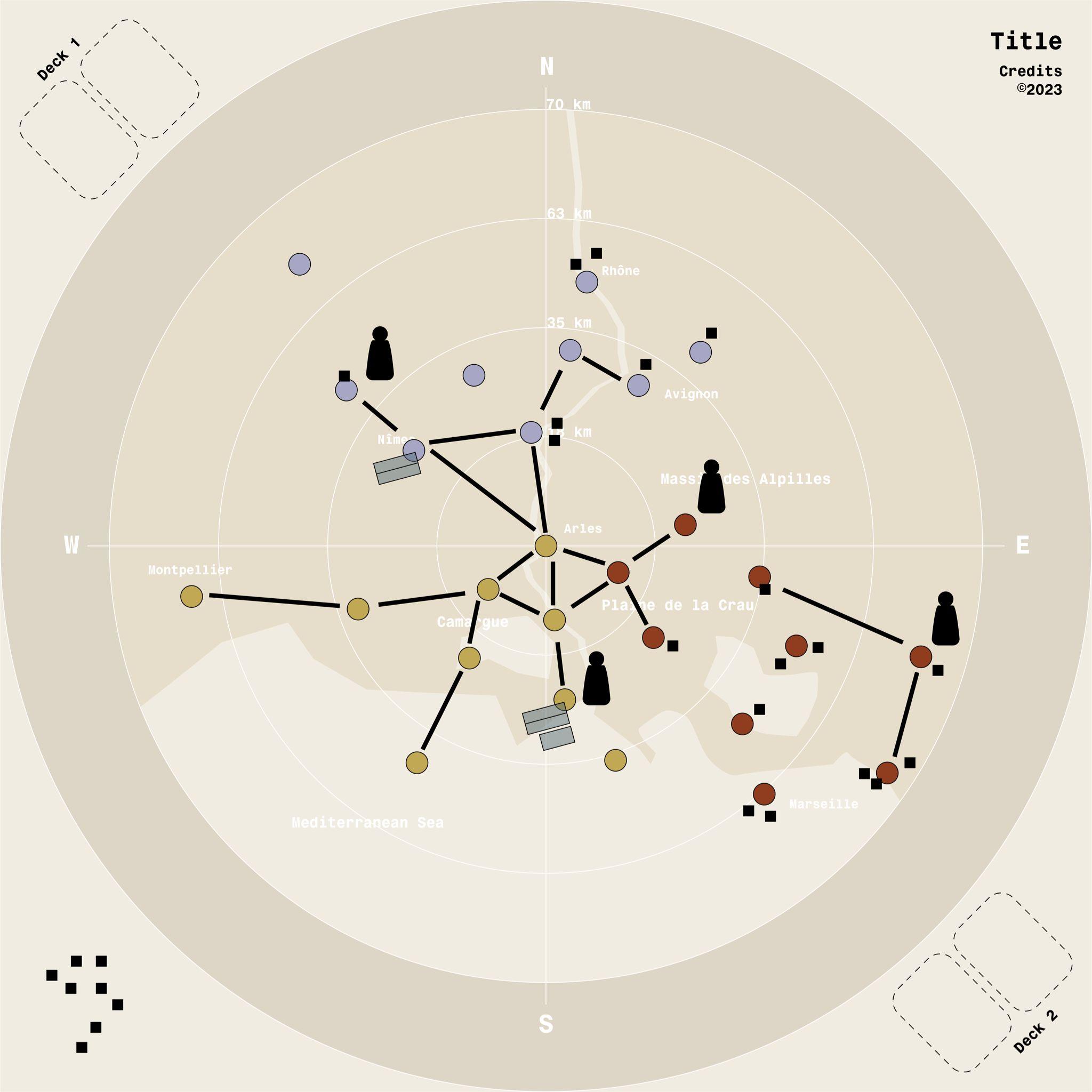


After the game is lost, won or ended, the players get several questions to help them analyse what kind of bioregion they collectively developed.
Questions could include:
- Stepping out of the game environment, how does the experience compare to reality? What mechanisms do you recognise? What elements are missing?
- In case you come from a different country or region in France, what opportunities do you see for the bioregional design approach to be applied there?
25-27 May 2023
Atelier LUMA / LUMA, Arles

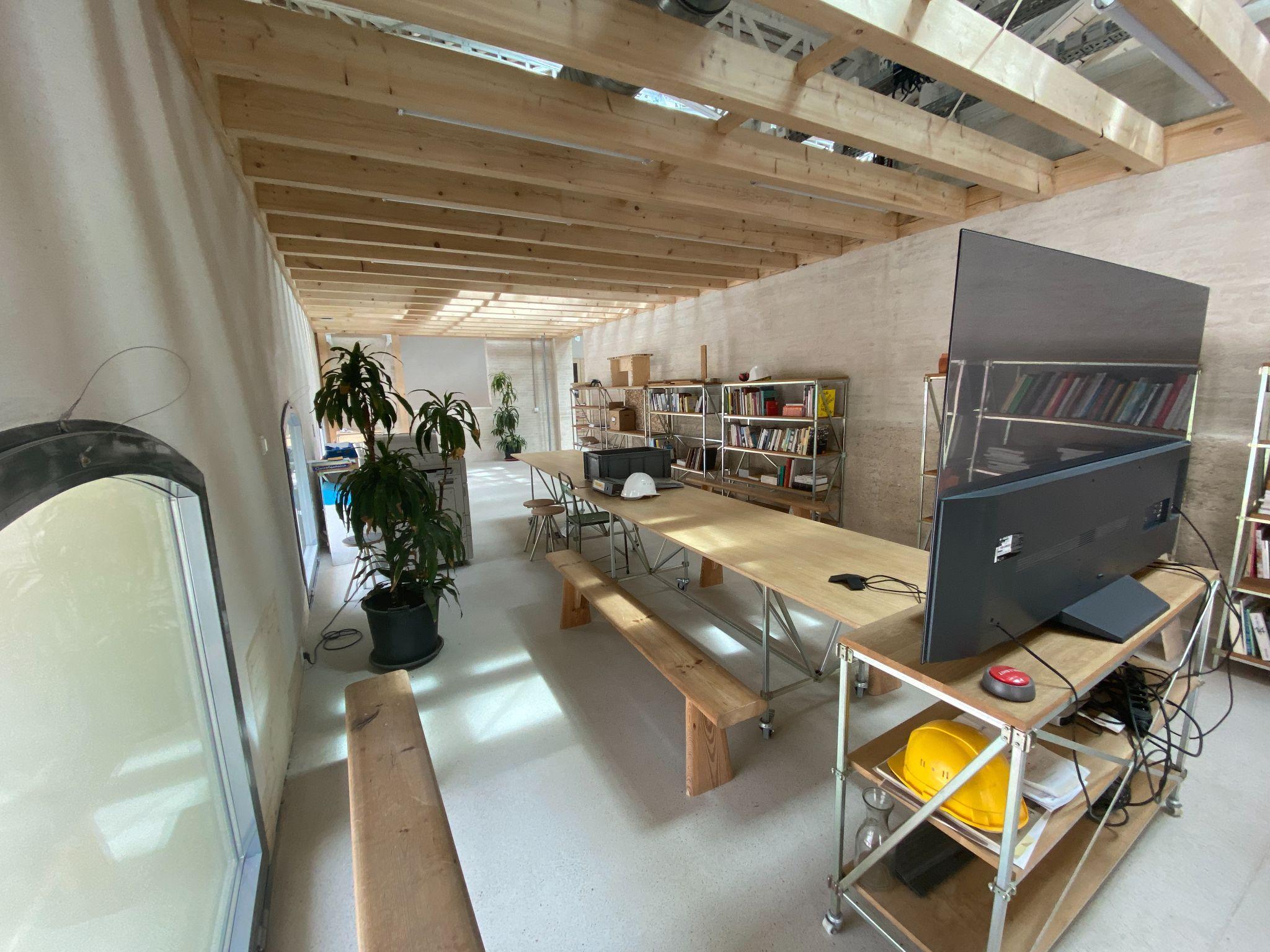
Workshops
Target group: -
Number of people: 2-6
Time: ca. 30 minutes
Demonstrations
Target group: -
Number of people: max. 15
Time: ca. 5 minutes
Exhibition
Time: continuous

The game will be showcased on a table with the playing elements positioned as if the game was being played
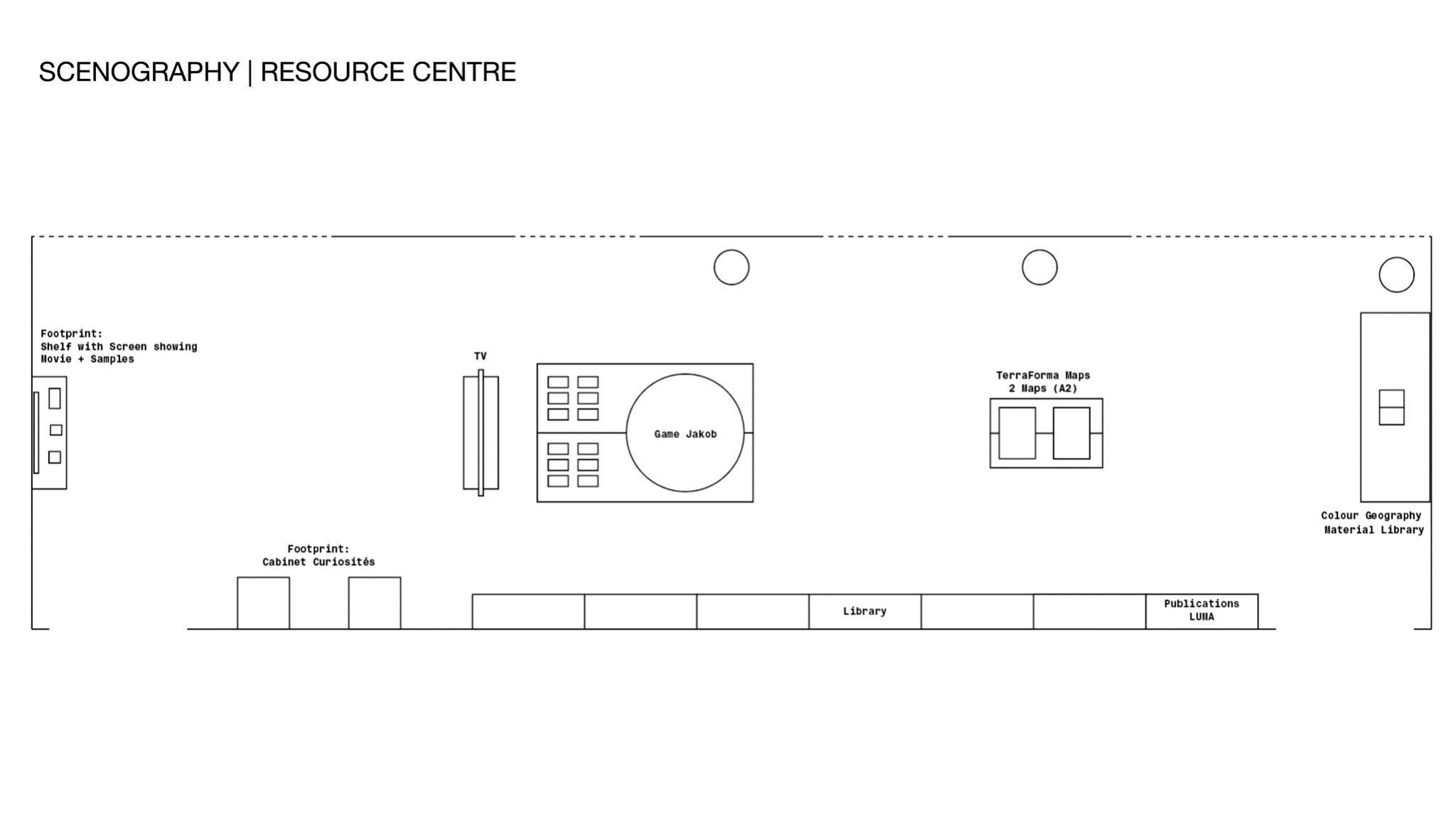
The research of Jakob Travnik will be presented on the TV screen



Round table

Ø 1500 mm
6 chairs / stools

